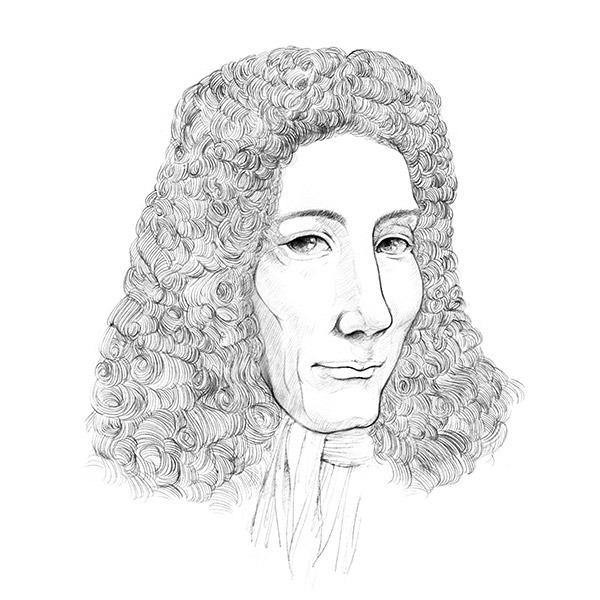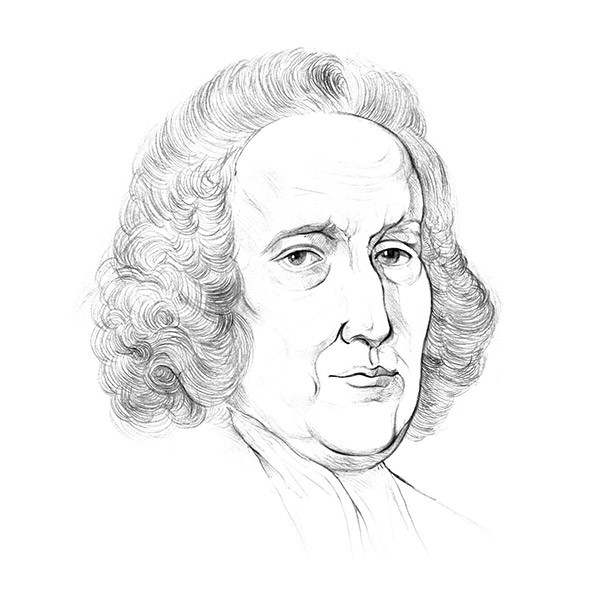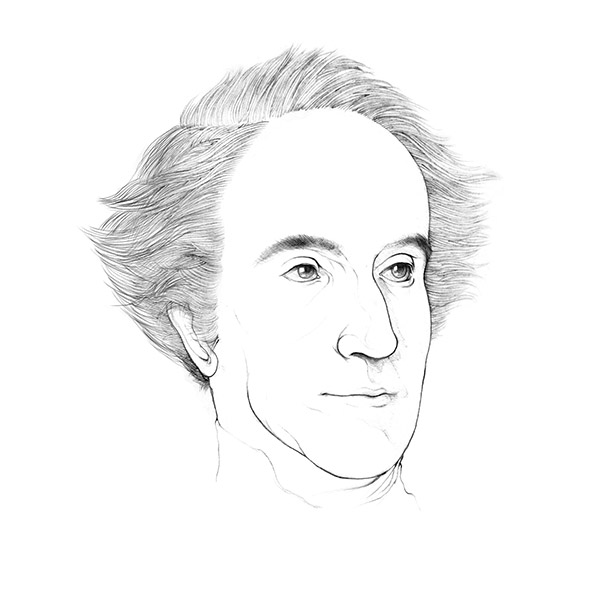Robert Boyle
1627-1691
Robert Boyle was born on January 1st, 1627 in Waterford, Ireland. He emphasized on the importance of conducting experiments in scientific research and was a scientist with outstanding experimental skills. He optimized many scientific instruments and made contributions to many areas of research. Boyle is regarded as the founder of modern chemistry. He considered chemistry as a physical science, not just a practical art or mysterious alchemy, although he was a believer in alchemy. Through experiments, he proved that the ancient Greek theory of four elements was invalid, and proposed a concept of elements close to the one we have today. He believed that all matters are composed of minute particles and the universe works like a sophisticated machine. His thoughts deeply influenced many scientists including Newton. Boyle died on December 31st, 1691 (aged 64) in London, England. The main scientific contributions of Boyle are:
Discovered Boyle’s Law (at constant temperature, the absolute pressure and the volume of a fixed amount of gas are inversely proportional).
Designed a new vacuum pump and conducted experiments inside vacuum, and discovered that in vacuum sound could not transmit and a candle could not burn.
Gave preliminary explanation to combustion and metal calcination.
Emphasized on the importance of chemical analysis, invented experimental methods to identify chemicals and measure purity, used vegetable colors to identify acid and base.
Boyle's Vacuum Pump
The drawings above show Boyle’s vacuum pump described in New Experiments Physico-Mechanical, Touch the Spring of the Air, and Its Effects published in 1660 (a photorealistic CG reproduction can be found here). Boyle’s got a lot of help from his assistant Robert Hooke for designing and constructing the pump. The first vacuum pump was invented by Otto von Guericke in 1654. In 1657, von Guericke conducted the famous experiment with the Magdeburg hemispheres, demonstrating the power of atmosphere pressure. Boyle and Hooke made a lot of improvements upon von Guericke’s design, making the pump easy to use. Also, they could conduct experiments inside the pump.
Boyle’s vacuum pump was made of a spherical glass globe with a diameter of 38 cm and a brass pumping cylinder connecting with it. The globe had an opening on the top. Objects used in experiments could be transferred into the globe through this opening and later sealed by a brass cap and lute. The air pumping process was controlled by the valve connecting the pump and globe and a small brass plug on the pump, as shown graphically below (please pay attention to the colored component in each step).
In New Experiments Physico-Mechanical, Touch the Spring of the Air, and Its Effects, Boyle described 43 experiments, covering physics, chemistry, biology and other subjects. For chemistry, he discovered that a candle and charcoal could not burn inside vacuum, which was the opposite to Boyle’s original hypothesis. Based on the four-element theory, as “gas” was pumped out, “fire” in the inflammable objects should release much easier. After Boyle, many scientists tackled the combustion problem and led to the famous chemical revolution.
Other Chemists















